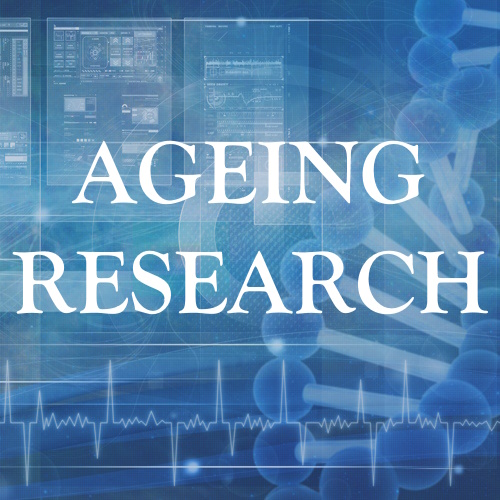Aging, a complex process involving multiple factors at molecular, cellular, and tissue levels, is characterized by a progressive loss of physiological integrity. This can be triggered by various aging factors such as physiological, pathological, and external factors. Understanding the regulatory relationships during aging is crucial, and a comprehensive repository of these relationships is now available in the form of a manually curated database, AgingReG, created by researchers at Harbin Medical University and announced in the journal DATABASE.
The AgingReG Database
AgingReG, accessible at https://bio.liclab.net/Aging-ReG/, focuses on the regulatory relationships during aging with experimental evidence in humans. The database was established by curating thousands of published literature, resulting in 2157 aging factor entries and related regulatory information. These entries include 1345 aging gene entries, 804 external factor entries, and eight aging-related pathway entries.
The regulatory relationships were classified into four types according to their functions: upregulation, downregulation, activation, and inhibition. The database involves 651 upregulating pairs, 632 downregulating pairs, 330 activation-regulating pairs, and 34 inhibition-regulating pairs, covering 195 disease types and more than 800 kinds of cells and tissues from 1784 published literature studies.
The Significance of AgingReG
AgingReG fills a significant gap in aging research. While several databases have been developed, including the well-known Aging Atlas, CSGene, DrugAge, and the Human Ageing Genomic Resources, these databases do not deeply explore the gene regulatory relationships during aging. AgingReG provides a comprehensive resource of manually curated aging gene regulatory relationships, providing comprehensive experimental evidence.
The database is expected to help users thoroughly understand the biological processes and in-depth regulatory mechanisms of the aging process. It is freely available for public use, providing a user-friendly interface to query, browse, and visualize detailed information about the regulatory relationships during aging.
The Future of Aging Research
AgingReG is a valuable resource in the field of aging research. It provides a comprehensive repository of regulatory relationships during aging, offering a more convenient and practical platform for finding new anti-aging and anti-tumour treatment methods.
The database will be continuously updated and replenished. Future plans include adding more regulatory relationships related to aging and expanding the number of model organisms with aging genes, longevity genes, inflammation-related genes, and the related regulatory information.
In conclusion, AgingReG is an easy-to-use database platform that can help researchers broaden the molecular picture of aging and associated genetic mechanisms. It is a significant step forward in understanding the complex process of aging and could potentially lead to breakthroughs in anti-aging and anti-tumor treatments.





